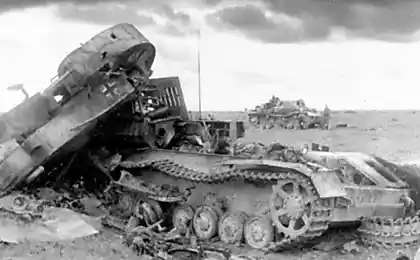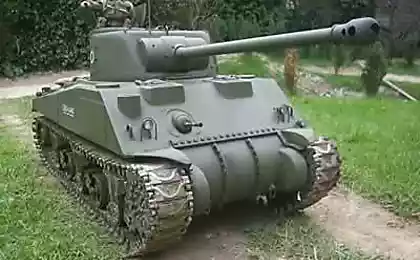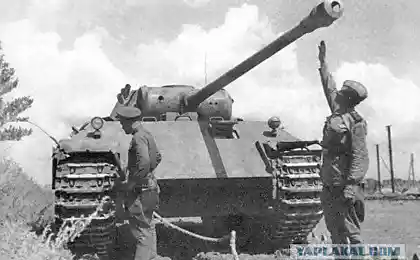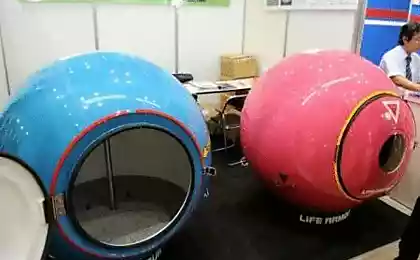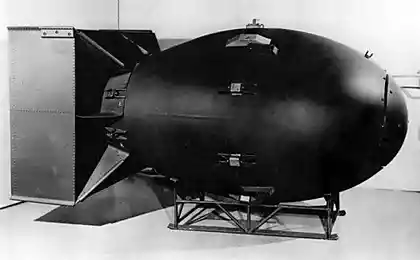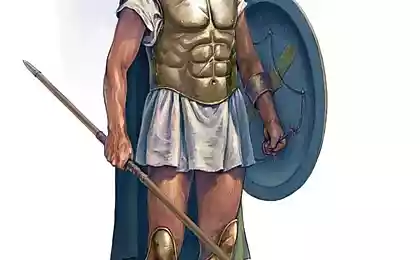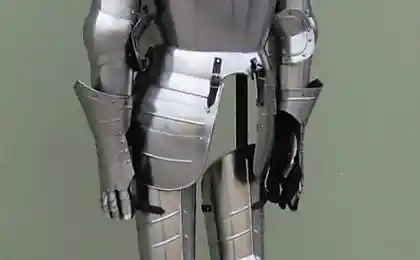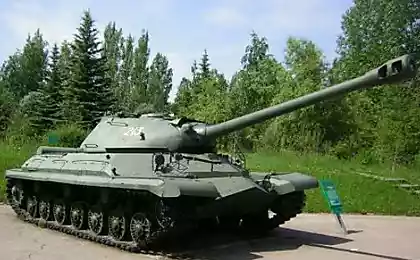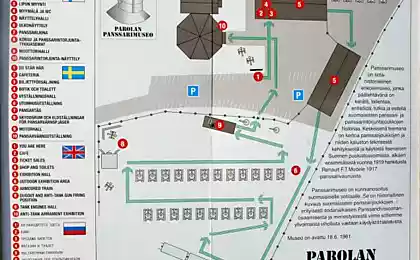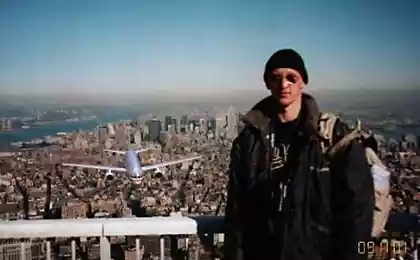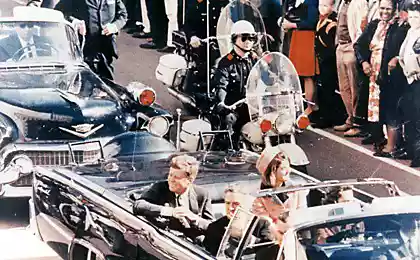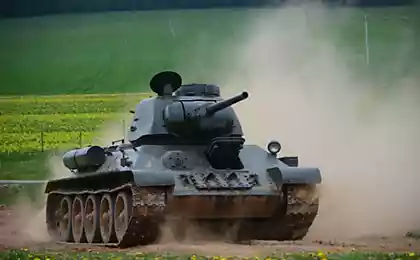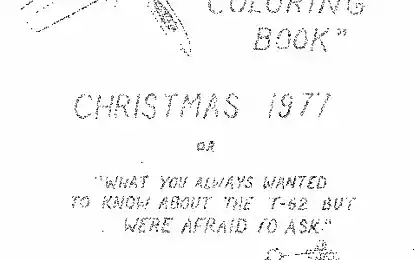653
Armor armor (22 photos)
World War II spurred progress in tank. In just 6 years old tanks made a big leap than in the previous twenty. A significant part of the tanks acquired protivosnaryadnym book, with powerful long-barreled guns (caliber up to 152 mm) at the end of the war came the first night (infrared) scopes (although experience in their statement on the tank were carried out in the Soviet Union before the war), radio tanks was considered necessary. Tactics use of tanks also achieved a high degree of perfection in the first period of the war, German military leaders demonstrated to the world as the use of armored formations allows for the operation of the operational and strategic environment and quickly win the war (Vol. N. "Blitzkrieg" in Germany or deep offensive operation in Soviet Union).
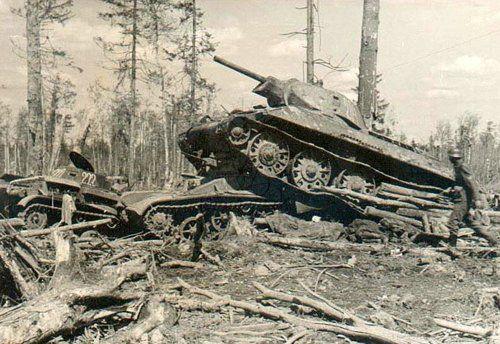
During World War II, first place in the "world ranking" tank builders divided the Soviet and German konstruktory.Nemetskaya school has focused on increasing the length of the booking tools, the improvement of observation devices (including infra-red night vision devices), improved habitability, and Soviet school took mostly manufacturability and mass production, making major changes in the structure of the basic types of tanks (T-34, KV and IS) only when absolutely necessary. Soviet tank school has also created quite successful models of other types of armored vehicles, self-propelled artillery and tank destroyers.

American School for some initial backwardness in terms of layout and technology is still up for lost time at the end of the war due to the deployment of mass production of a few selected models, good quality steel and powders, as well as radio service (minimum of two-way radios in the tank). The most successful German tanks began Pz.IV (most massive), "Panther", and, with some reservations, "Tiger" and "King Tiger". The best Soviet tanks, took part in World War II, were found to medium tank T-34 (in various forms, including his later version of the T-34-85 with different modifications of 85 mm guns) and heavy tank IS-2. The best American tank Sherman M4 has been recognized, which is commonly supplied to the USSR under the Lend-Lease.
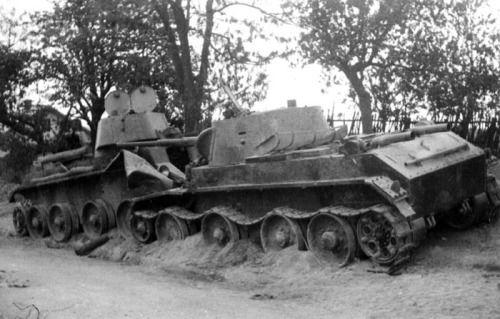
Particularly unfavorable for the Red Army armored loss ratio was in the initial period of the Great Patriotic War (June-November 1941) and in a critical battle in the Battle of Kursk (July-August 1943).
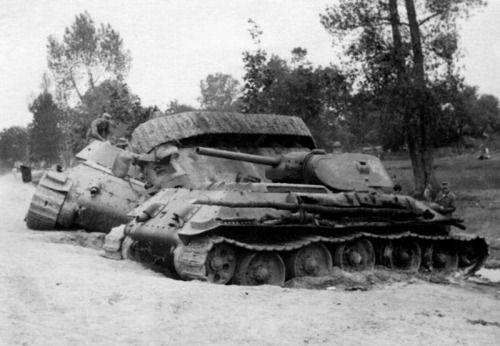
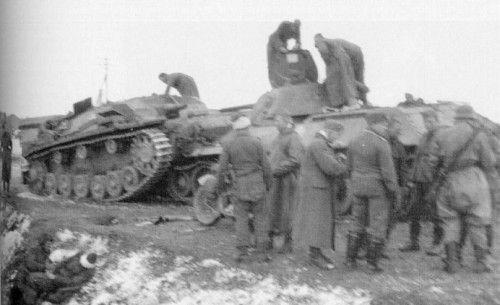
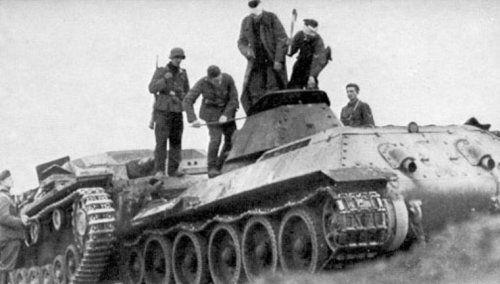
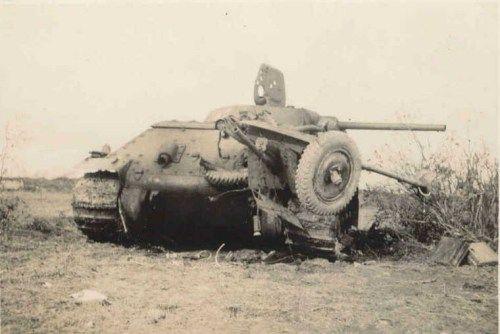
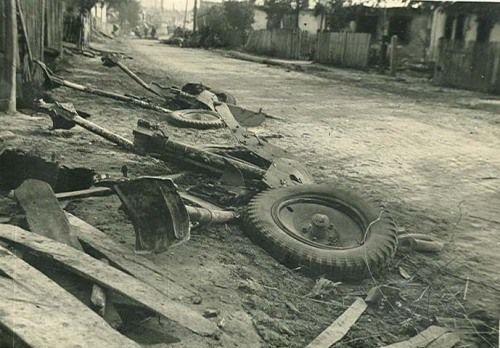
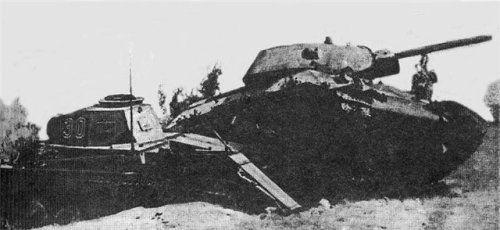
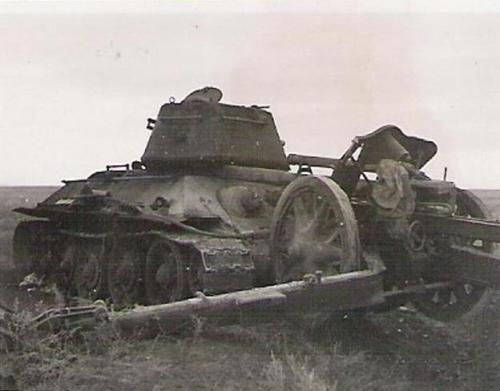
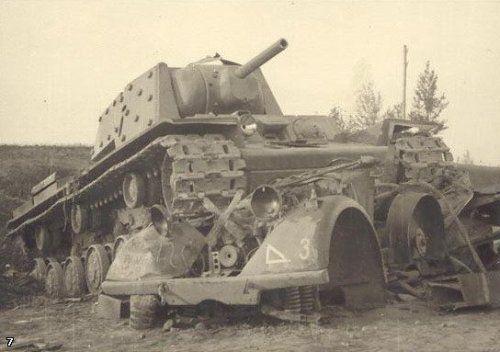
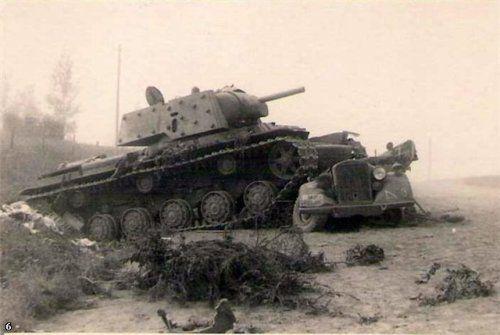
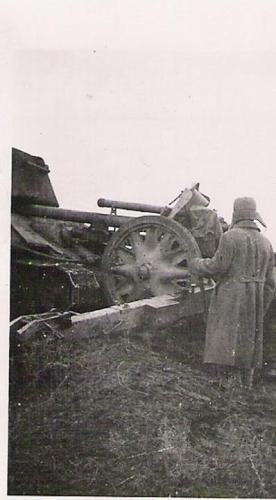
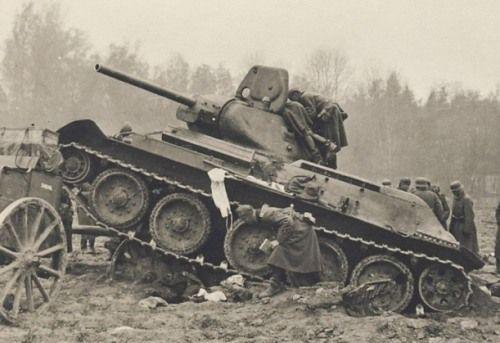
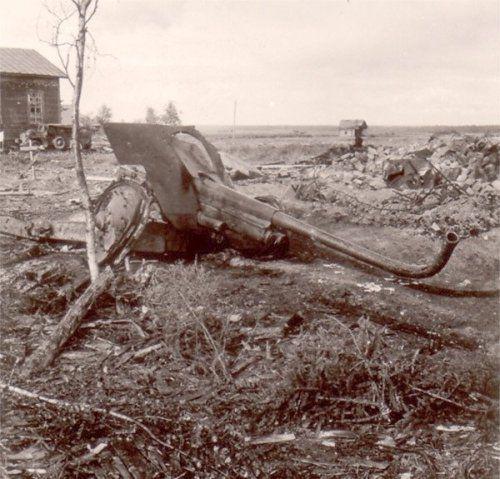
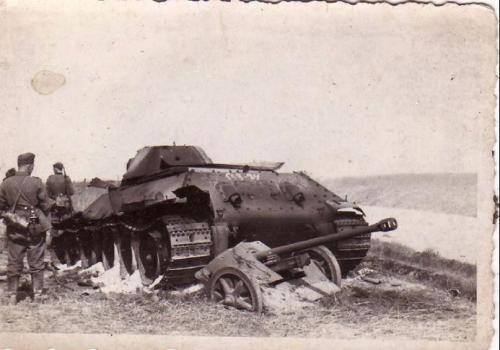
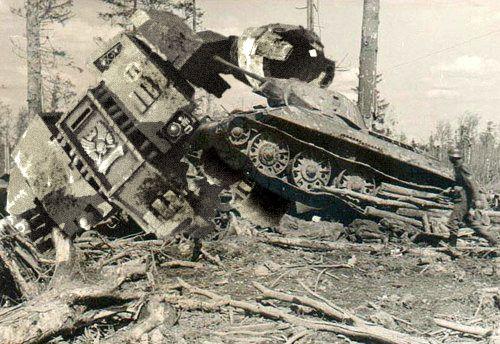
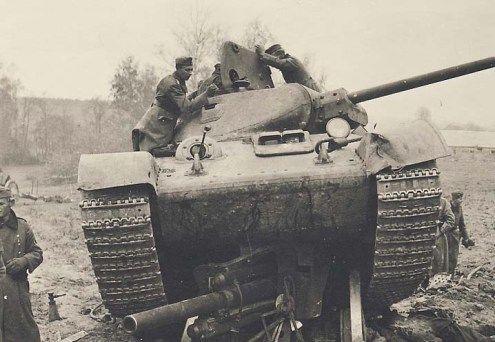
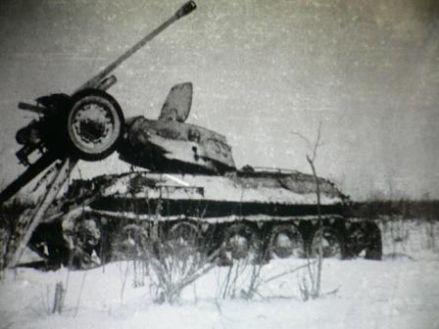
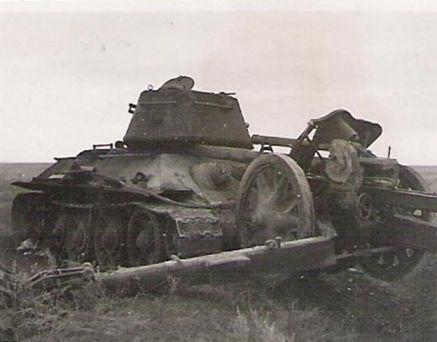
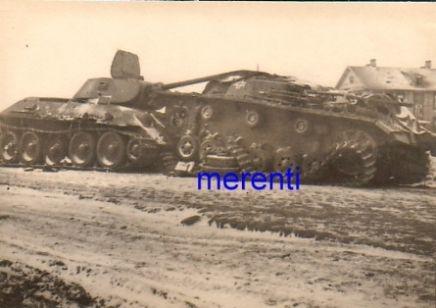
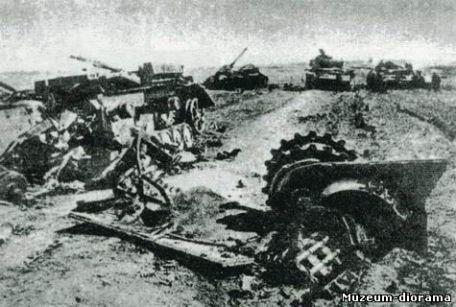

During World War II, first place in the "world ranking" tank builders divided the Soviet and German konstruktory.Nemetskaya school has focused on increasing the length of the booking tools, the improvement of observation devices (including infra-red night vision devices), improved habitability, and Soviet school took mostly manufacturability and mass production, making major changes in the structure of the basic types of tanks (T-34, KV and IS) only when absolutely necessary. Soviet tank school has also created quite successful models of other types of armored vehicles, self-propelled artillery and tank destroyers.

American School for some initial backwardness in terms of layout and technology is still up for lost time at the end of the war due to the deployment of mass production of a few selected models, good quality steel and powders, as well as radio service (minimum of two-way radios in the tank). The most successful German tanks began Pz.IV (most massive), "Panther", and, with some reservations, "Tiger" and "King Tiger". The best Soviet tanks, took part in World War II, were found to medium tank T-34 (in various forms, including his later version of the T-34-85 with different modifications of 85 mm guns) and heavy tank IS-2. The best American tank Sherman M4 has been recognized, which is commonly supplied to the USSR under the Lend-Lease.

Particularly unfavorable for the Red Army armored loss ratio was in the initial period of the Great Patriotic War (June-November 1941) and in a critical battle in the Battle of Kursk (July-August 1943).






















